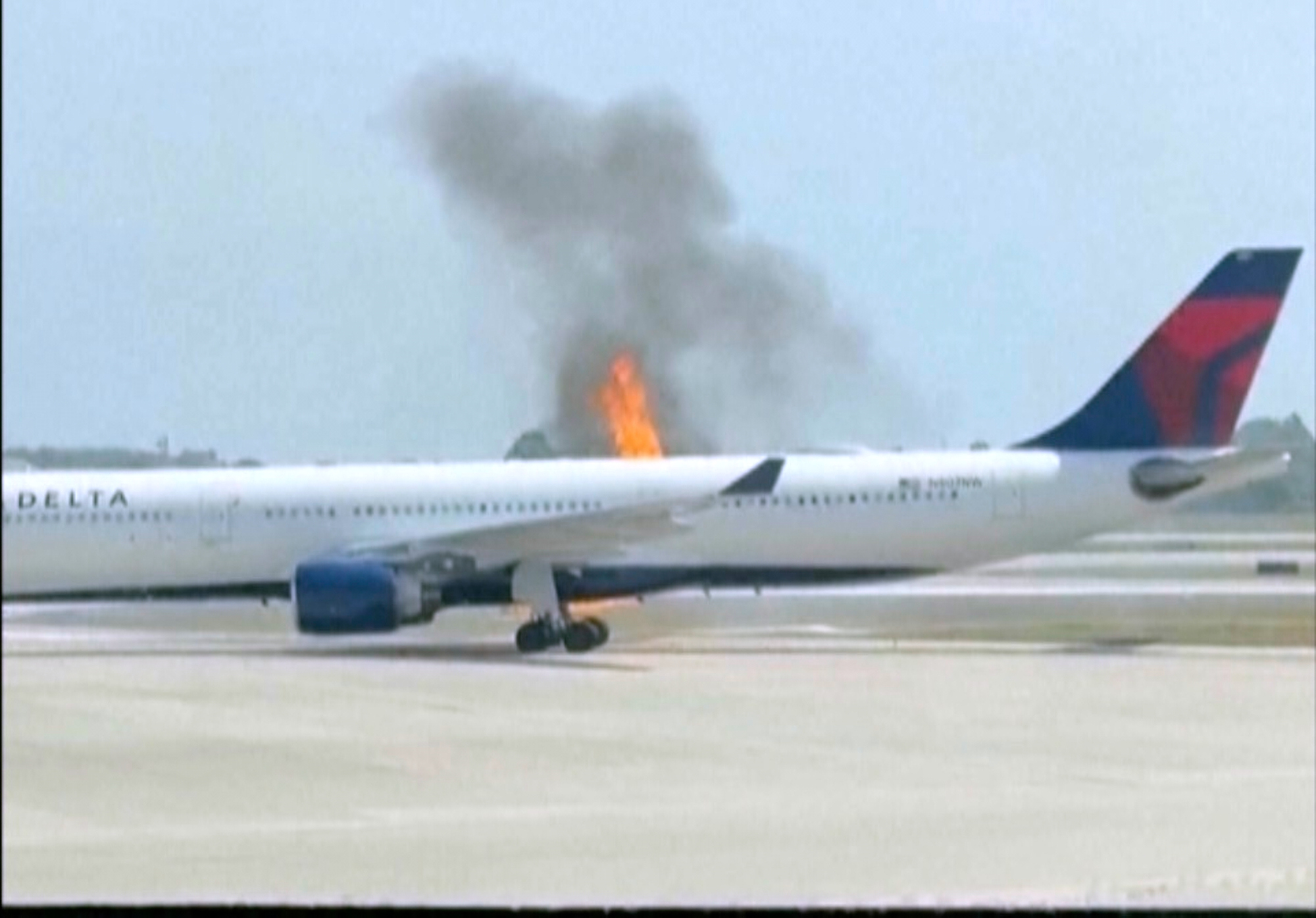Gas prices are on the rise once again, as drivers across the country are seeing an increase at the pump. The national average for a gallon of regular unleaded gasoline is now $3.67, up from $3.45 per gallon one month ago, according to AAA.
While prices are far from last summer's peak of more than $5 per gallon, Americans are still feeling the pinch.
"With oil prices touching their highest level of 2023 at nearly $83 per barrel, the national average price of gasoline has continued to inch higher, with 45 of the nation’s 50 states seeing prices rise over the last week," said Patrick De Haan, head of petroleum analysis at GasBuddy.
The Organization of the Petroleum Exporting Countries (OPEC+) decided earlier this month to sharply cut oil production starting in May by more than 1.6 million barrels per day, driving the cost per barrel up.
“When the cost of crude oil crosses the $80 a barrel mark, that puts a lot of upward pressure on what we pay at the pump,” said Andrew Gross, AAA spokesperson. "And as long as oil costs remain at the current level, drivers will likely see incremental price increases for now."
The U.S. only gets about 11% of its oil from OPEC+ nations, but as the world's second-largest producer of oil, small changes in production can have global economic impacts.
Experts say this cut in production is the main culprit behind higher prices, but the transition from winter to summer is also driving costs.
"While the rising price of oil is likely the largest factor in rising gas prices, seasonal impacts continue to also exert pressure on prices," De Haan said. "With the Northeast making the final step in the transition to summer gasoline this week, states in that region should expect a sharp rise in gasoline prices over the next week or two. Every other region has already seen the final step in the transition occur, so while other areas will see prices continue to slowly rise, the Northeast is likely to see a pretty hefty jump of 15-40 cents per gallon soon."

Americans aren't sold on electric vehicles just yet
About 4 in 10 U.S. adults said they're at least somewhat likely to go electric for their next car, according to a new poll.
The existence of summer gas and winter gas may be news to you, but we have different blends because different weather conditions and temperatures change how gasoline behaves in an engine.
For example, in warmer weather, gasoline with higher levels of volatile compounds helps the fuel vaporize easier and produce fewer emissions that can harm the ozone. Therefor, the Environmental Protection Agency prohibits winter gas from being sold at retail stations from June 1 through September 15.
The yearly transition from winter gas to summer gas takes some time, as refineries shut down production to switch over to the new blend. Additionally, as the summer travel season heats up, so does the demand for gas as more Americans hit the road.
While all of these factors contribute to higher prices at the pump, it's tough to predict just how high they could go.
"Oil prices remain a wildcard, but we’re likely a few weeks away from seeing the national average peak," De Haan said. "Whether it hits $4 per gallon or not is still perhaps a 50/50 chance."









